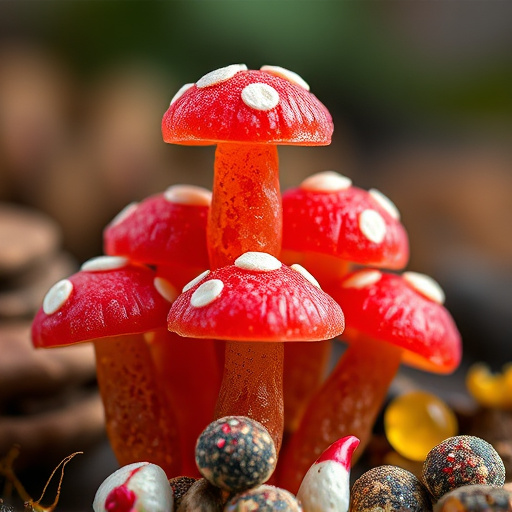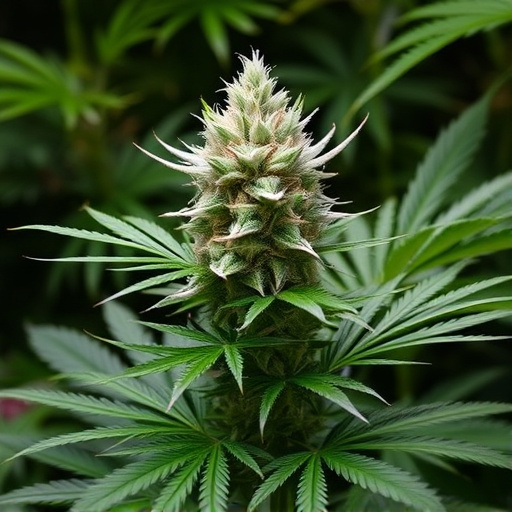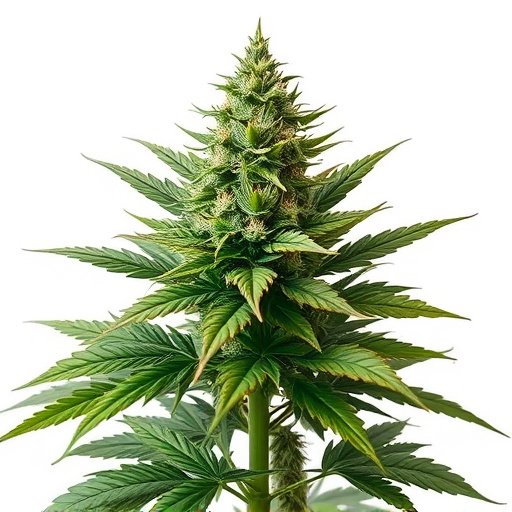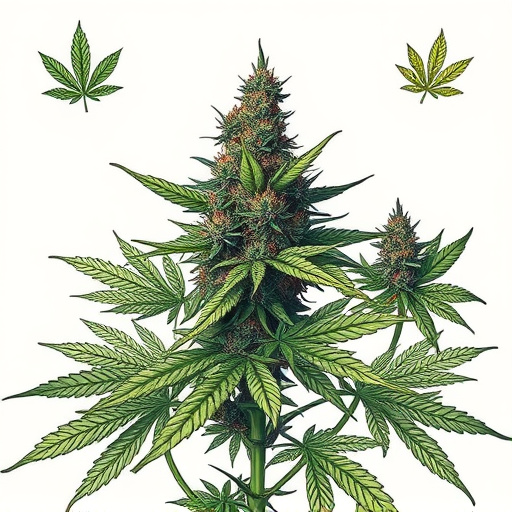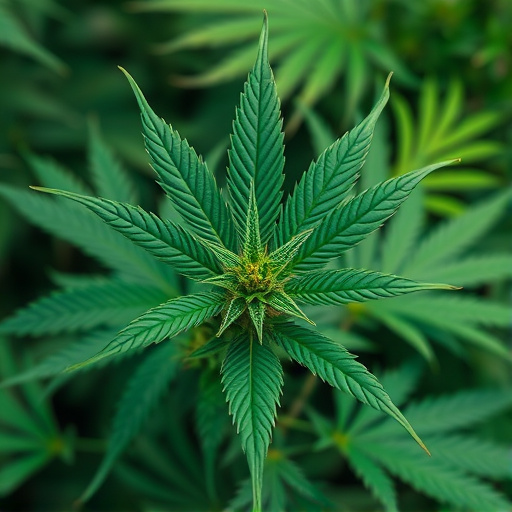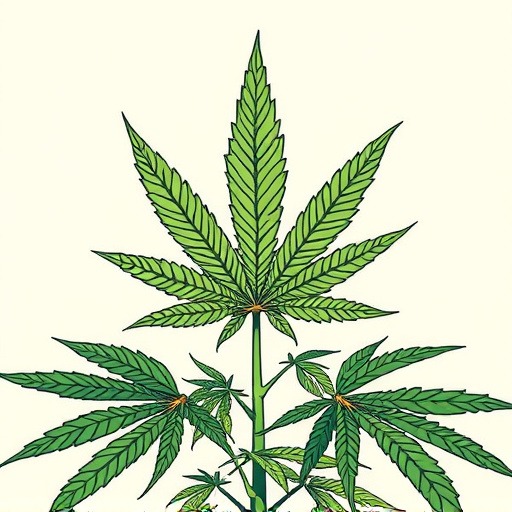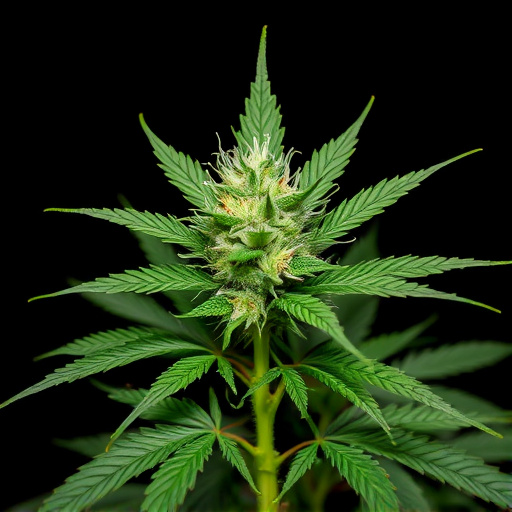TL;DR:
Evaluating original strains of cannabis involves scrutinizing visual cues like black spots, powdery residue, or discoloration to detect mold or spoilage. Aroma and taste changes, such as pungent, foul, bitter, or sour notes, are also early indicators. Discard affected products immediately to prevent health risks associated with mold and mycotoxins, ensuring the preservation of quality and safety in cannabis consumption.
Discover the telltale signs of moldy or expired weed, essential knowledge for every cannabis enthusiast. From visual indicators like discolored leaves and musty odors to taste distortions and potential health risks, this guide explores what to look out for. Learn how to identify spoilage in original strains of cannabis to ensure you’re always getting top-quality products.
- Visual Indicators of Mold and Spoilage
- Aroma and Taste Distortions
- Understanding the Impact on Health and Safety
Visual Indicators of Mold and Spoilage
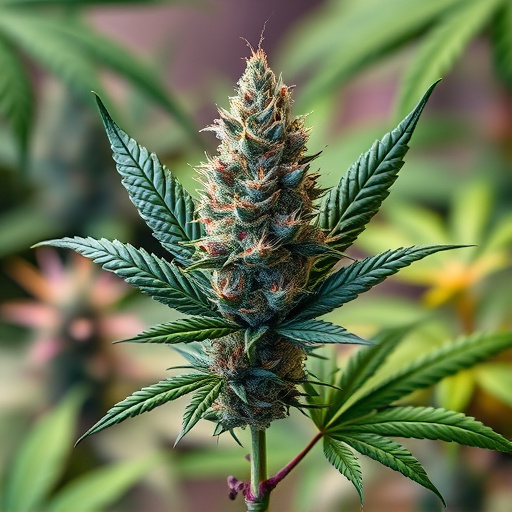
When it comes to identifying signs of moldy or expired weed, especially among enthusiasts of original strains of cannabis, visual cues are your first line of defense. Mold growth often appears as small black spots or white powdery residue on the plant’s surface. This is a clear indication that something isn’t quite right and can significantly impact the quality and safety of your product.
Close inspection might also reveal discoloration, ranging from dullness to visible streaking or disintegration of the bud structure. If you notice any of these visual indicators, it’s crucial to take immediate action. Discard the affected product to prevent potential health risks associated with moldy cannabis, ensuring that your collection of original strains remains pristine and potent.
Aroma and Taste Distortions
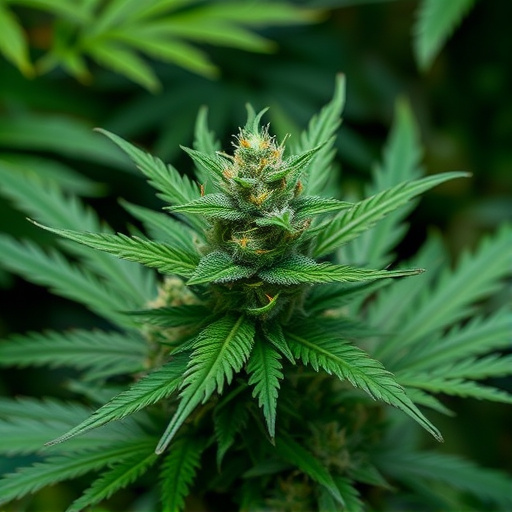
The integrity of original strains of cannabis is paramount, and one of the earliest indicators of spoilage or contamination is a noticeable change in aroma and taste. Fresh cannabis has a distinct, earthy scent with underlying notes that vary depending on strain and cultivation conditions. As it ages, especially if stored improperly, this aroma can become distorted, taking on pungent, moldy, or even foul odors. Similarly, the flavor profile of high-quality cannabis is complex and nuanced, offering a delightful balance of sweet, spicy, or citrusy undertones. Over time, these subtle flavors can turn bitter, sour, or develop an unpleasant, musty taste—signs that the product may be moldy or expired.
Understanding the Impact on Health and Safety
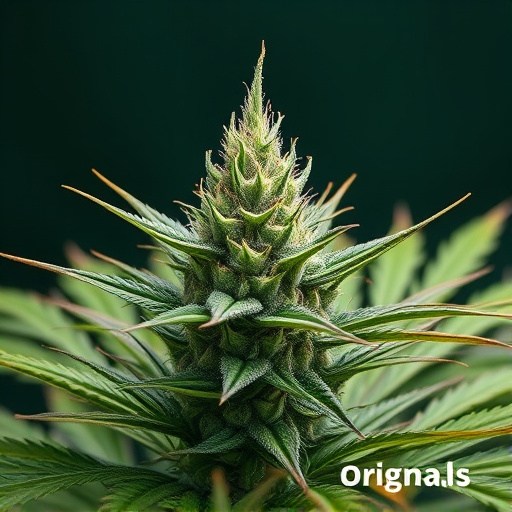
The impact of consuming moldy or expired weed extends far beyond just a bad taste or smell. Original strains of cannabis, when left to cultivate in unsanitary conditions or improperly stored, can become contaminated with mold and mycotoxins. These substances are not only unpleasant but also pose significant health risks. Short-term effects may include respiratory issues, allergies, and skin irritations. Long-term exposure could lead to more serious health complications, particularly for individuals with compromised immune systems.
Moreover, the presence of mold suggests an environment conducive to bacteria growth, which can further contaminate the product. It’s crucial to prioritize safety when it comes to cannabis consumption. Proper storage, adherence to recommended shelf lives, and regular inspection for signs of spoilage are essential practices to ensure the quality and health benefits associated with original strains of cannabis.
When purchasing or consuming original strains of cannabis, it’s crucial to be aware of potential signs of moldy or expired product. By understanding visual indicators like discoloration, unusual textures, and strong, unpleasant aromas, along with taste distortions, you can ensure the safety and quality of your experience. Recognizing these warning signs is essential for maintaining health and avoiding potential risks associated with contaminated cannabis. Stay informed to make informed choices and enjoy your herbal experiences confidently.
